Ripple has announced its entry into the stablecoin fray with a US dollar-backed token, setting its sights on challenging industry giants USDT and USDC. The initiative, which will see initial issuance on the XRP Ledger and Ethereum blockchain, aims to diversify and robustify the current stablecoin market, which is estimated to grow to over $2 trillion by 2028.
Ripple Sets Sights on Stablecoin Market with US Dollar-Backed Token Launch
Ripple, the RP issuer, has announced plans to launch a stablecoin backed by the US dollar. The goal is to compete with Circle and Tether for market share over the next five years.
Cointelegraph spoke with Ripple's chief technology officer, David Schwartz, ahead of the announcement. The announcement details plans for the stablecoin, which will initially be issued on the XRP Ledger and Ethereum blockchain.
"It's funny that we don't have an answer to your question yet. What will the ticker be, and what will we call it? "You'll have to call it the Ripple stablecoin for now," Schwartz said during a video call.
Ripple has been considering launching a stablecoin for over a year, and Schwartz believes the current stablecoin ecosystem isn't as diverse and robust as it could be. Schwartz estimates the current value of the stablecoin market at $150 billion and believes there is room for another major player:
“We think it will be over $2 trillion by 2028, and there’s only two market leaders. We don’t think it’s a winner-take-all-all ecosystem, particularly on the DeFi side.”
Ripple's stablecoin will be pegged at a 1:1 ratio with the US dollar, and the company intends to back the tokens with US dollar deposits, short-term US government Treasurys, and "other cash equivalents." Schwartz said that Ripple would look to emulate Circle's focus on compliance and would likely compete with the USD Coin issuer:
“Our angle is going to be very ‘compliance-first.’ We’re very transparent about how the assets are backed, so we’re kind of going to be directly competing against USDC.”
“We’re looking to grab market share. We’re not looking to finesse a couple of extra decimal points by taking risks with other people’s money,” Schwartz added when queried over Ripple’s plans to back the stablecoin with dollar deposits, U.S. Treasurys and cash equivalents.
A third-party accounting firm will audit the reserve assets, and Ripple will release monthly attestations. Schwartz drew parallels with the early days of Tether's stablecoin when critics frequently expressed concerns about the issuer's ability to steal funds and the credibility of its reserve attestations.
“Initially when Tether first launched, a big concern was whether these guys would run off with all the money because they’re very incentivized to do that. Then, after a while, ‘you’re like, wait a minute, these guys have a long-term business,’” Schwartz said.
Ripple Eyes Expansion into Stablecoin Arena to Enhance Payment Ecosystem
The Ripple chief technology officer said that the reality of launching a new stablecoin with the potential to attract hundreds of millions, billions, or tens of billions of dollars would raise these concerns. The company will rely on its credibility, track record, and strong balance sheet to break into the stablecoin market.
“I think we have a credible claim to be in the conversation near the top. If at the end of two years, we’re number three, but the market has grown to 10 times what it is today, that’s still pretty good,” Schwartz said.
Cointelegraph also questioned why Ripple was interested in launching a stablecoin. At the same time, XRP remains the token for its real-time gross settlement system, currency exchange, and remittance network, primarily serving financial institutions.
According to Schwartz, Ripplenet serves non-bank payment companies that use XRP to facilitate transparent payments. However, these firms cannot use XRP or supplement liquidity to enter certain markets.
"Having multiple paths to provide a better experience means having more customers. If we only used XRP, we'd have to say no to customers where it wasn't available," Schwartz explained.
Introducing a Ripple stablecoin will supplement the ecosystem's recently launched automated market maker. According to Schwartz, the stablecoin will provide liquidity while capturing volatility and arbitrage opportunities across multiple assets.
Photo: Microsoft Bing





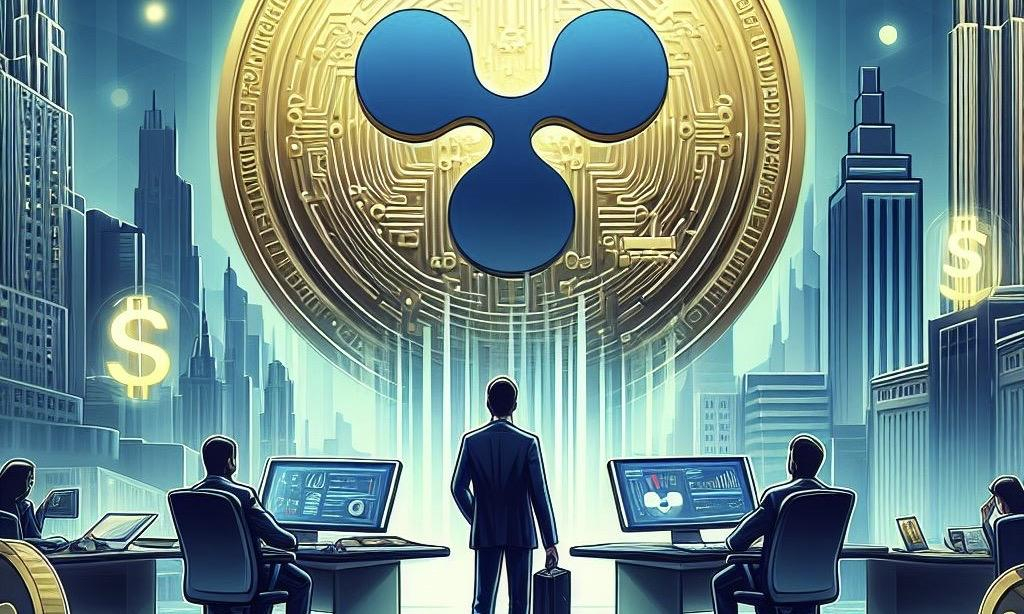
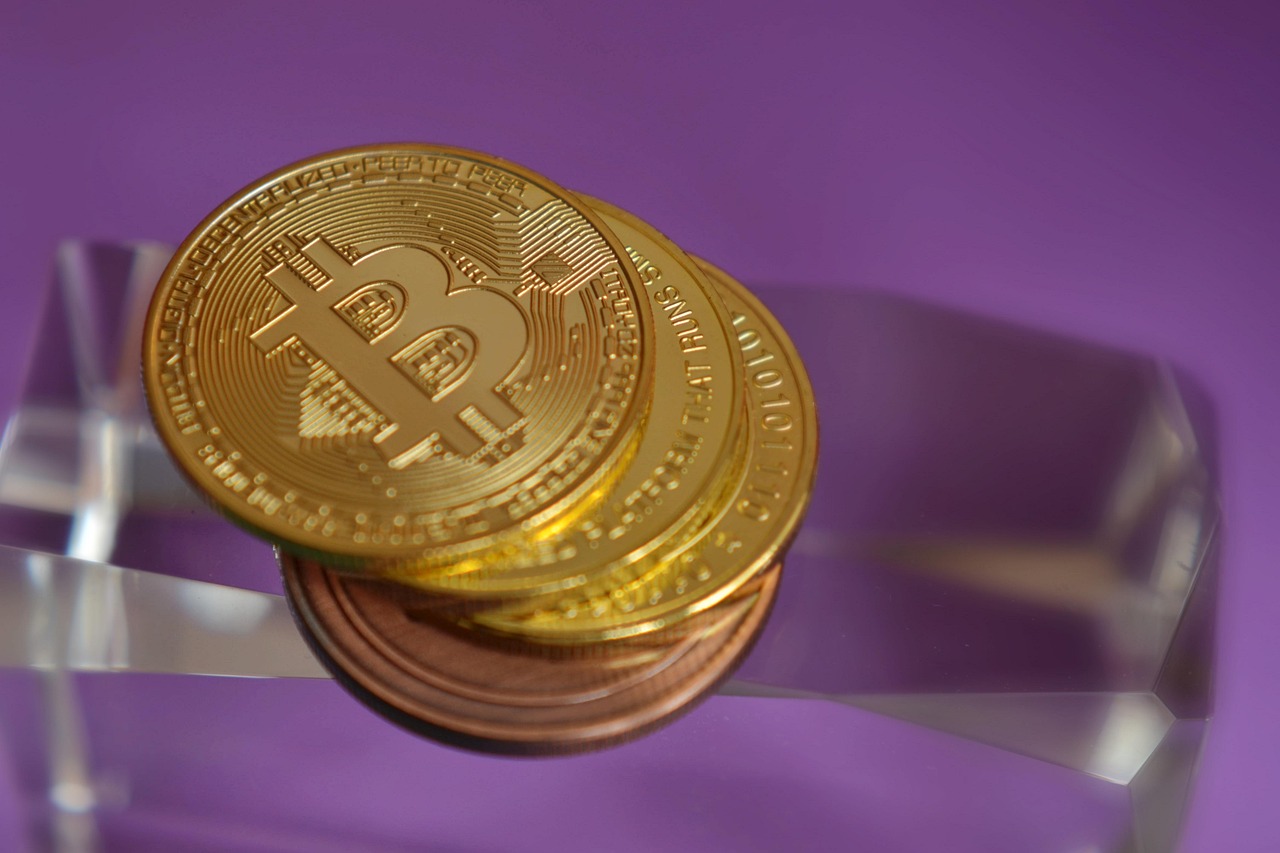

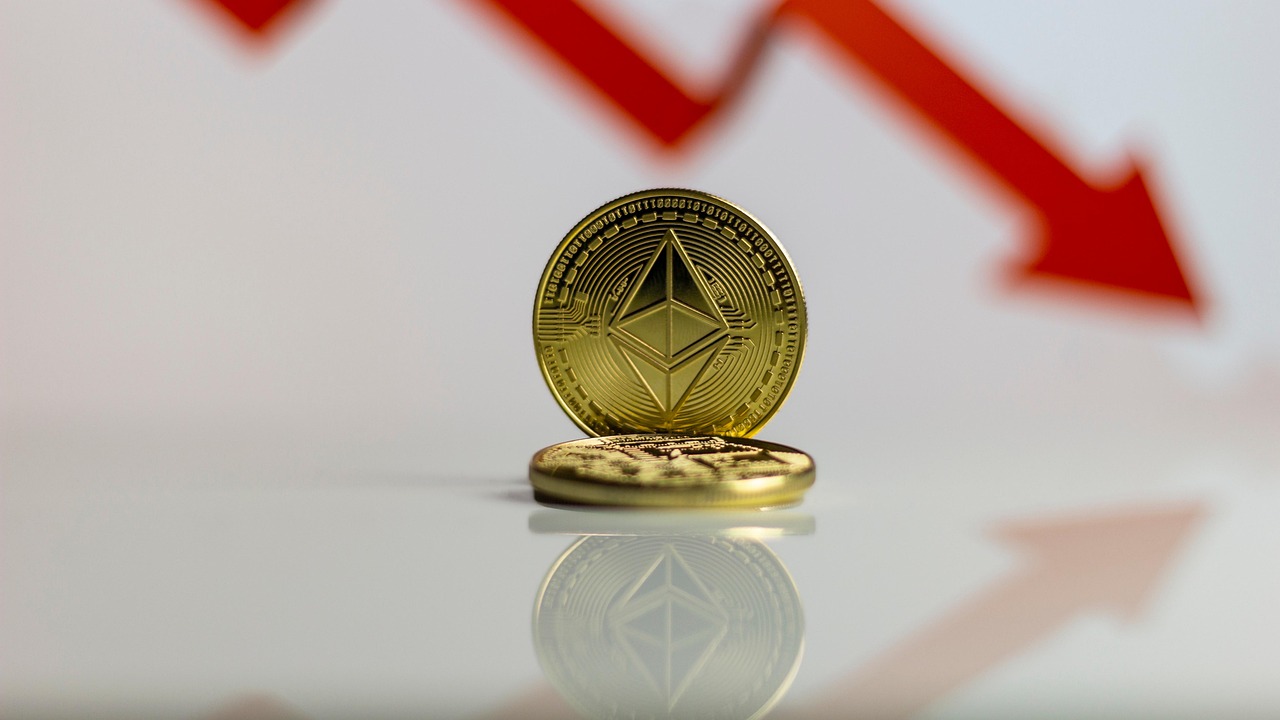
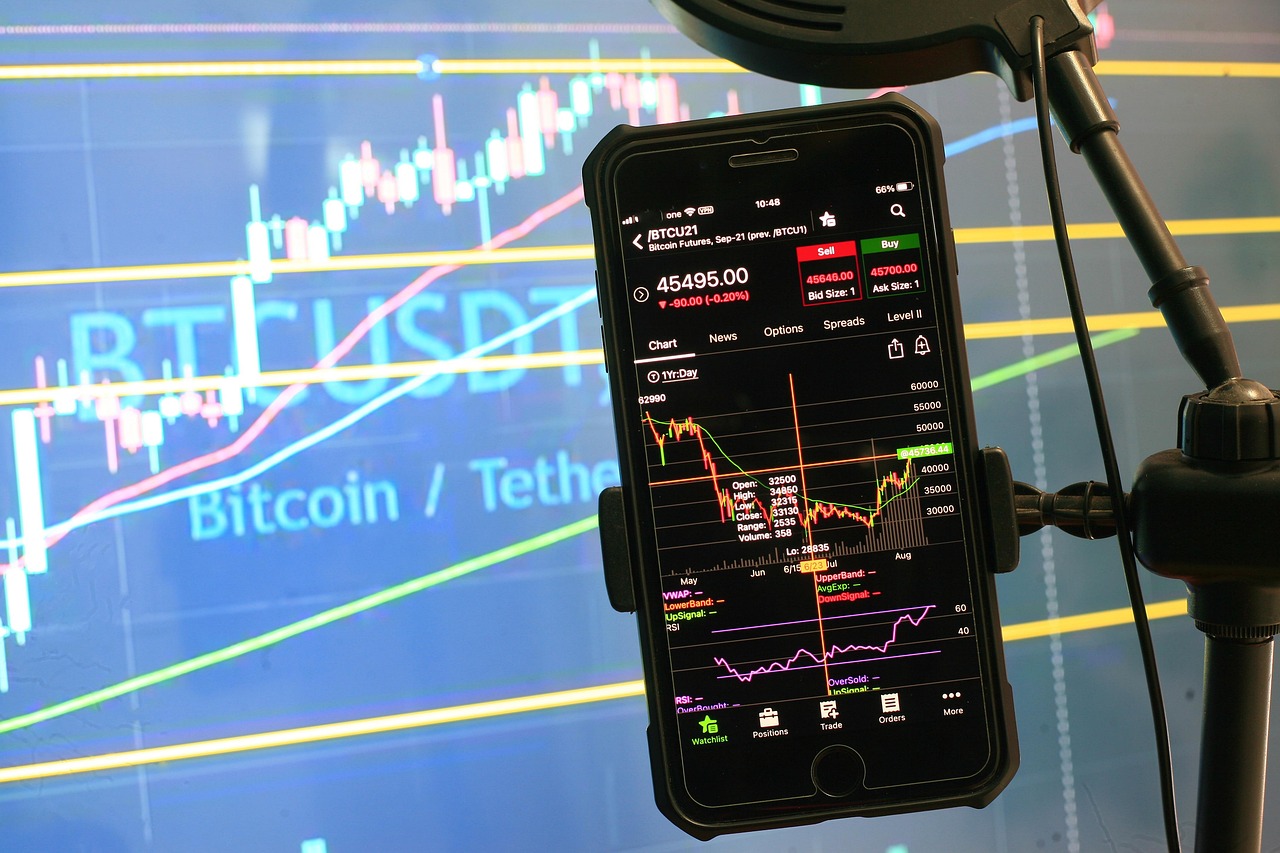
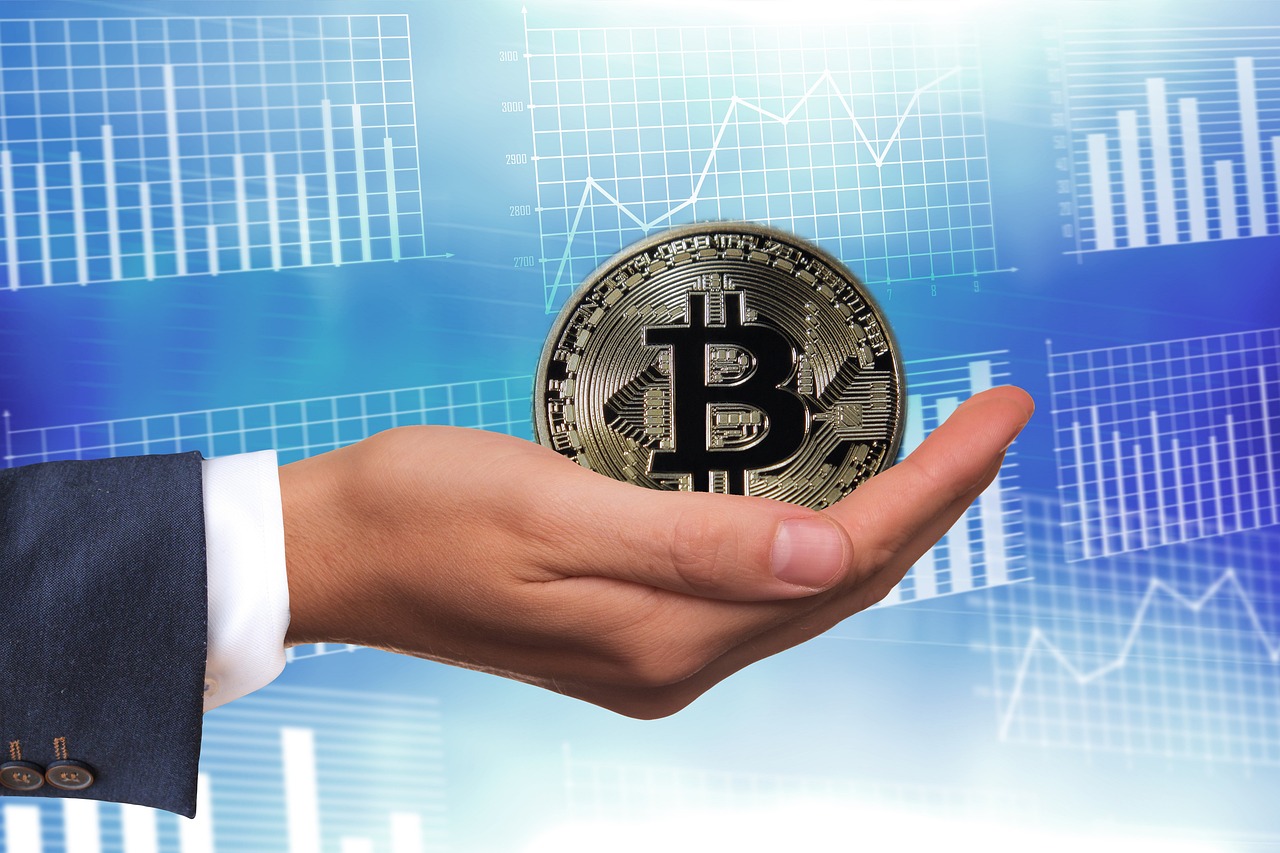

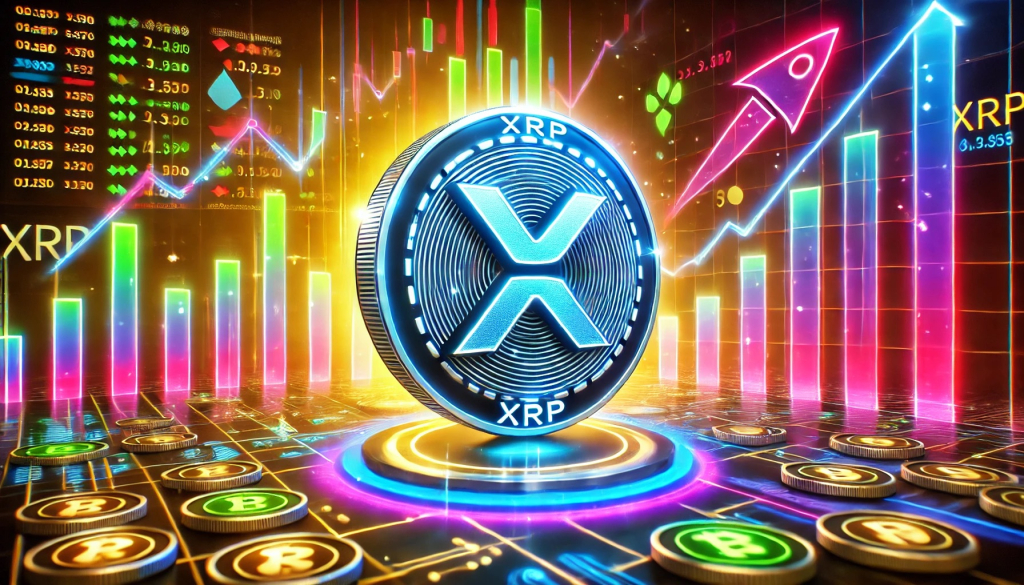
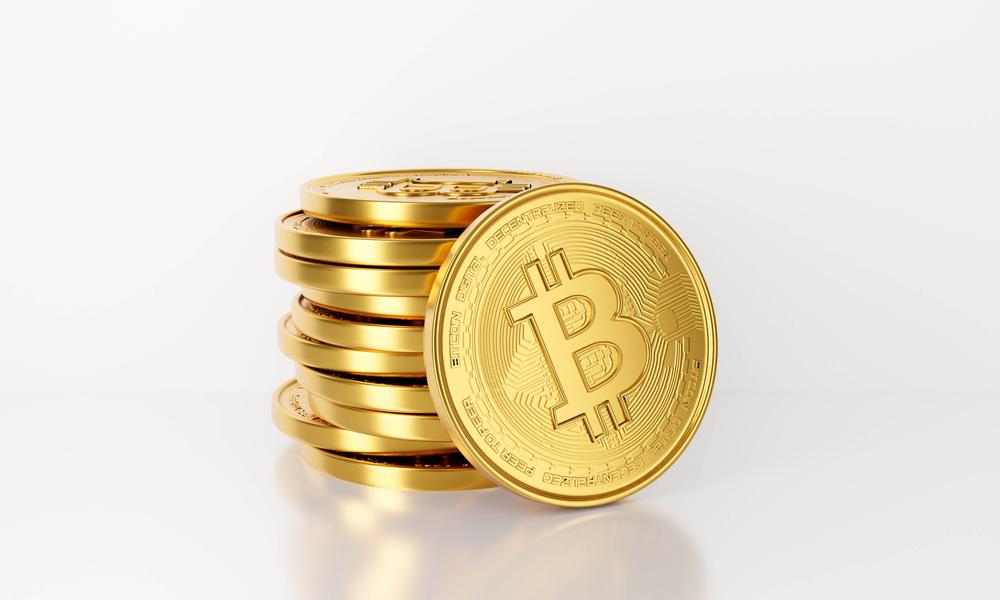


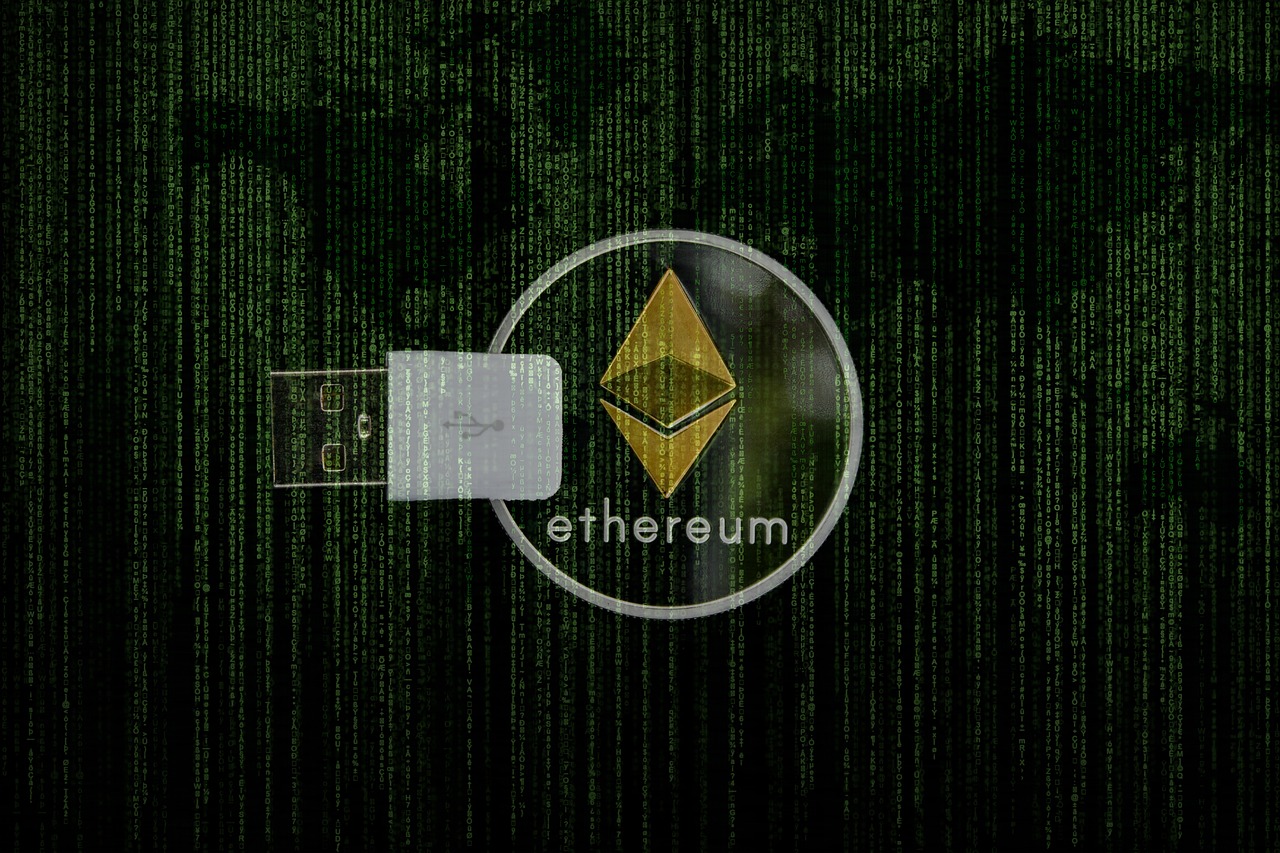


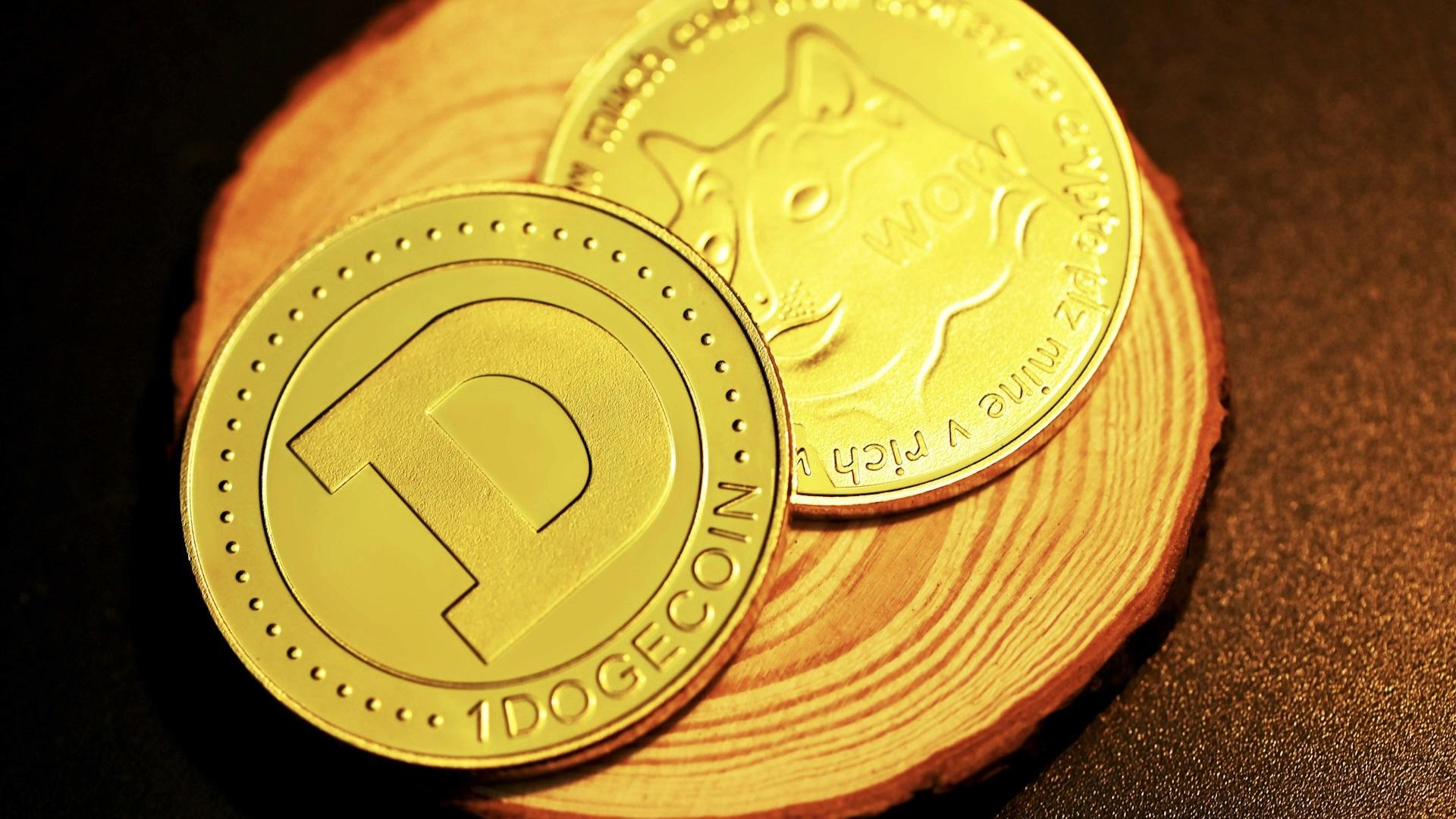


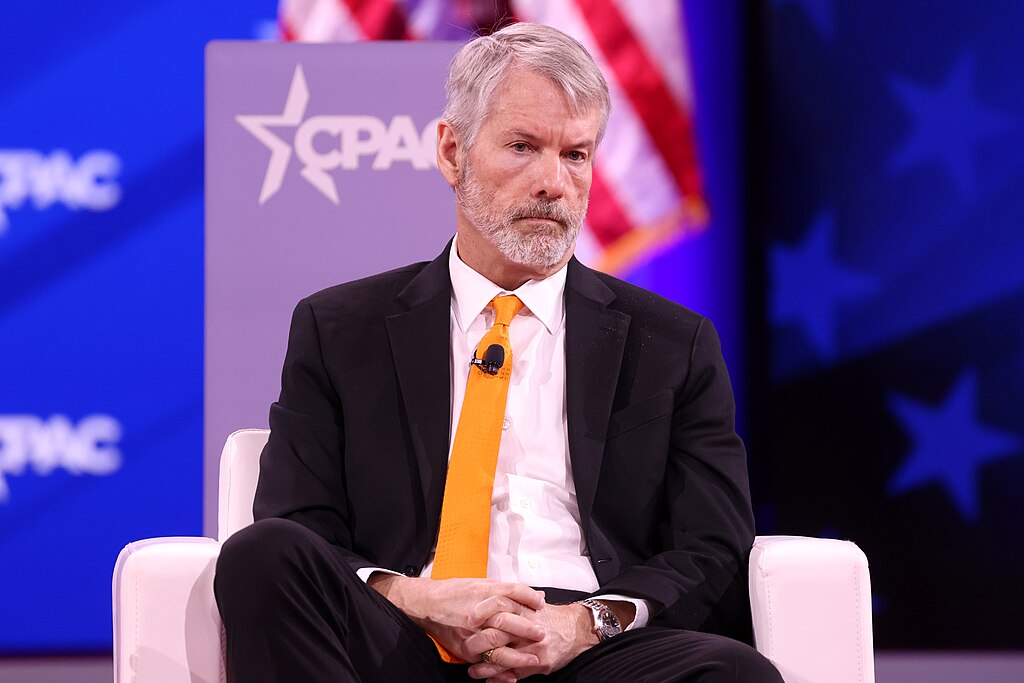

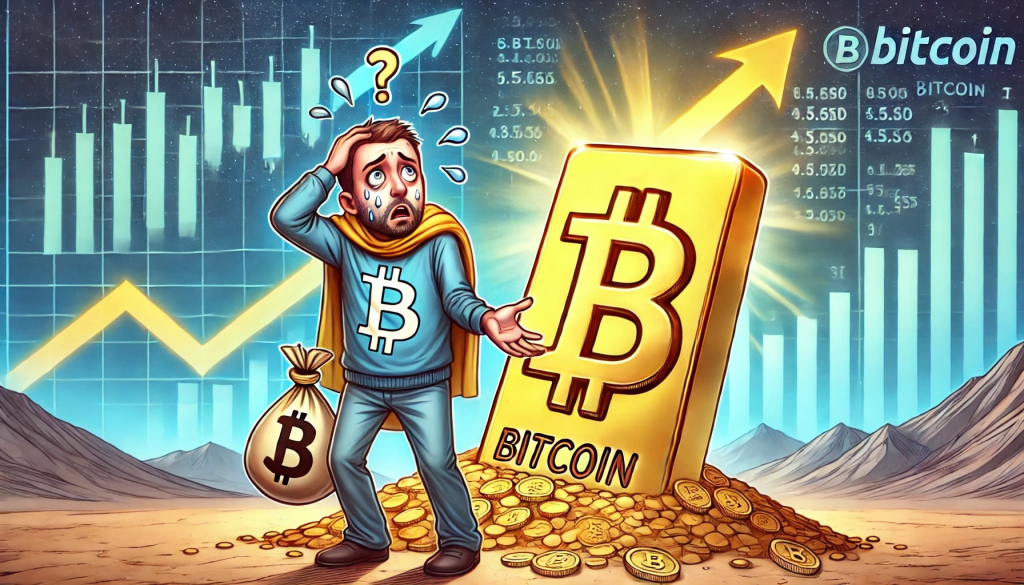
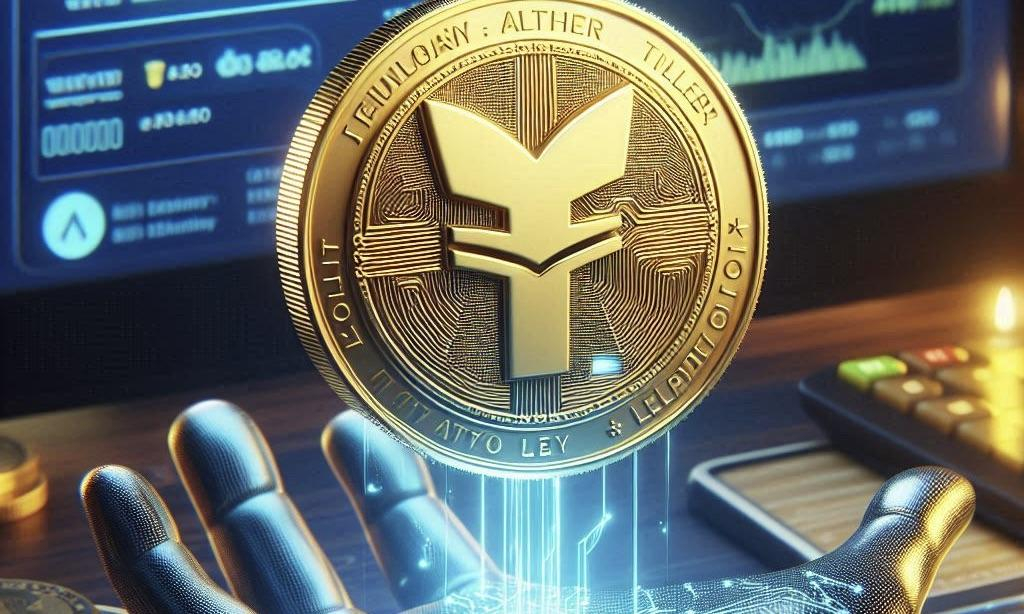

Comment 0